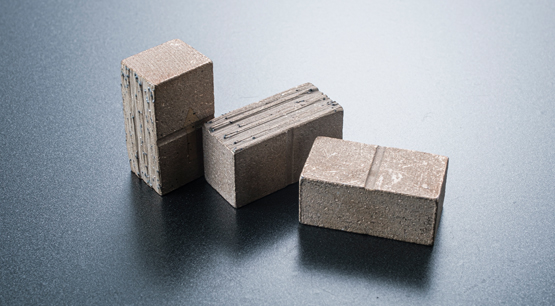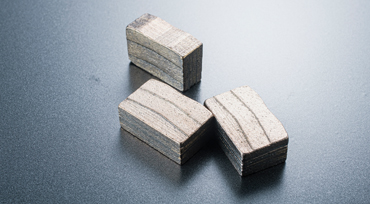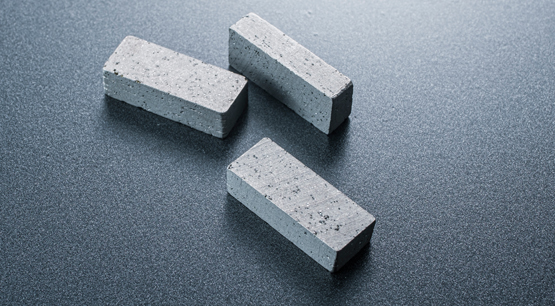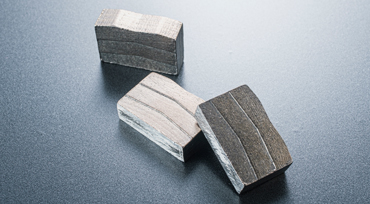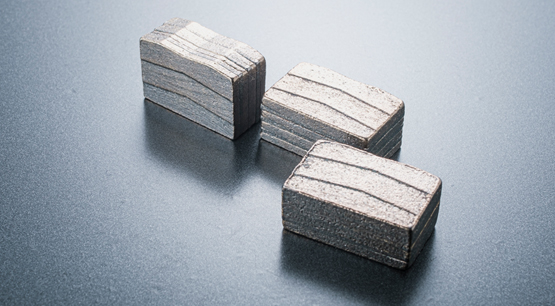The diamond segment is a tool accessory with cutting performance formed by sintering metal bond and diamond. It is often used on circular saw blades and gang saw blades. By continuously grinding to cut stone, the purpose of separating the stone is achieved.
In addition to certain hardness and wear resistance, the matrix bond of diamond also needs to take into account some other properties. For example, the holding force of diamond, such as the toughness of the diamond segment, such as the rigidity that the diamond segment should have, etc. Therefore, according to these different needs, there are four common bases for the matrix bond of diamond segments, namely copper-bond, cobalt-bond, iron-bond, and tungsten carbide-bond.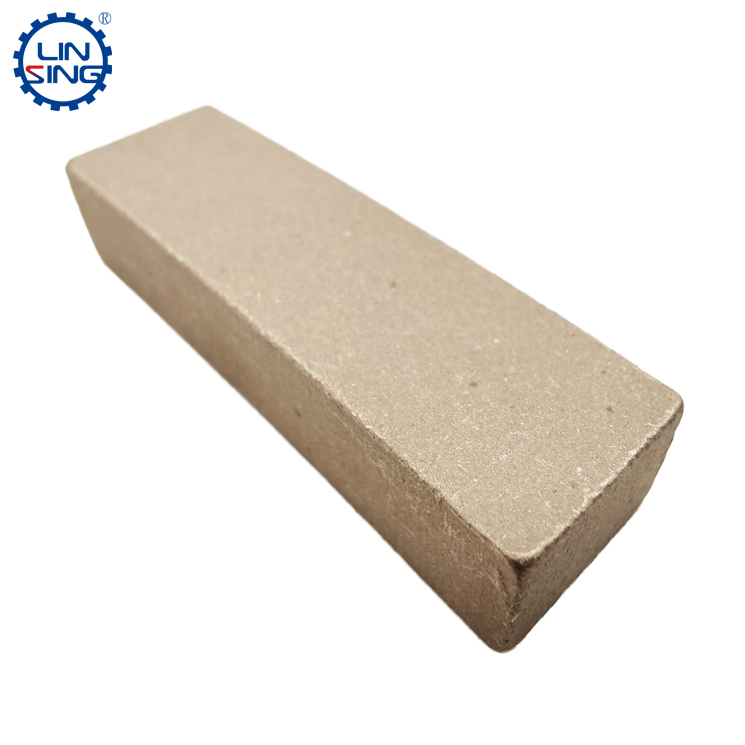
The cobalt-bond binder has the best effect, mainly due to the strong affinity of cobalt powder and diamond, and the best holding force for diamond. However, due to the high price of cobalt powder, there is no competitive advantage, and the cobalt-based cutter head needs a new custom mold, and the production cost will also increase. However, the better quality segments are all cobalt-bond segments, such as gang saw segments, which are produced with cobalt-bond binders. Most of the formulas of cobalt-based segments are similar. As early as the 1980s, high-cobalt-bond segments were very popular. The composition formula of the segment is roughly as follows: cobalt powder composition: 50~60%, copper powder composition: 40~30%; tin powder: 8~10%; diamond: 7~8%; diamond particle size is 30/40#, 40 /50#, diamond strength: hardness 15~16kg.
Of course, the most widely used is the iron-bond binder. This material uses iron powder as the main sintering raw material. Since iron powder also has a strong carbon affinity, it is easy to form a strong physical control with diamond during the sintering process. Force and chemical holding force, plus iron powder raw materials are cheap and very easy to obtain, so it has gradually become the matrix binder material for mainstream diamond segments. In terms of external performance, the iron-bond blade is silver-gray. If some tin, aluminum and other materials are added, the blade will appear bright silver. The basic formula of iron-bond segment is: iron powder: 44~48%; copper powder: 30~34%; nickel powder: 3~6%; zinc powder: 3~4%; tin powder: 5~8%; carbonization Tungsten: 2~5%; diamond: 5~7%, diamond particle size: 40/50#, 50/60%. Diamond strength 10~12kg.
The source of the copper-based segment is entirely derived from the shortcomings of the cobalt-based cutter head and the iron-bond segment, For example, cobalt-bond segments are expensive, especially cobalt elements can be used in chemical, military and other projects in many cases, so production and sales are often limited. Although the iron-bond segment has good cutting performance, in the actual application process, the iron-bond segment is easy to rust, which will pollute the stone when cutting the stone. Various circumstances made copper-bond segments enter the cutter head bond market. Copper has good stability. During the cutting process, the performance is extremely stable. In fact, in the operation process, a little iron powder and a little cobalt powder are added to the copper powder. , After the tin powder and the aluminum powder, the iron powder can perfectly help the matrix bond to quickly fix the diamond.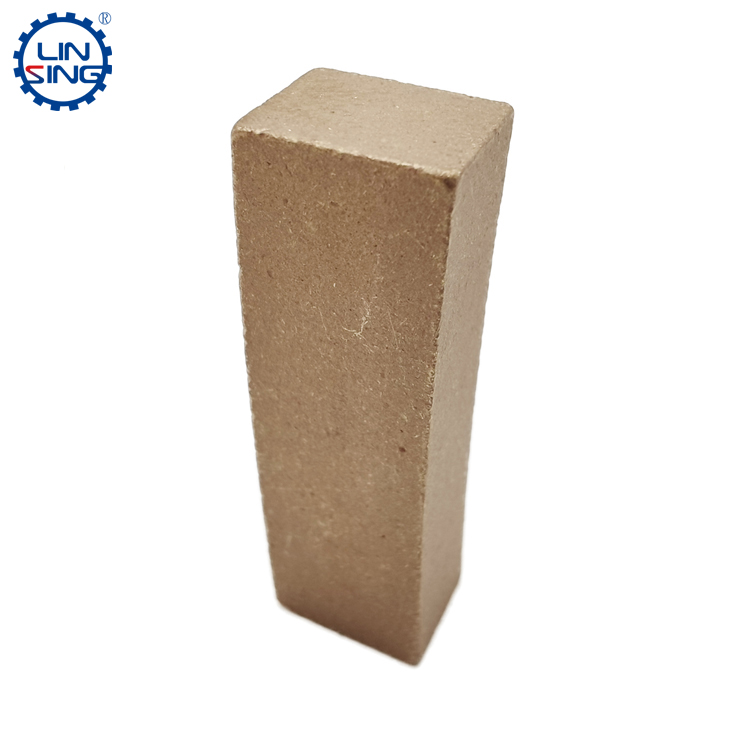
In the composition of the diamond matrix bond, high melting point metals such as tungsten, tungsten carbide, etc. are first used to adjust the hardness and wear resistance of the matrix, At the same time, metals with low melting point and good chemical affinity for carbon such as cobalt, nickel, manganese and other copper-based alloys are used as the bonding materials for diamond. Therefore, no matter what kind of segment is used, the formed matrix bond is not a single metal powder, but a combination of many medium powders according to different ratios.

What is the difference between iron-bond cobalt-bond copper-bond to diamond segments?
Publish date:2022-07-14 09:05:24 Article From:Linsing Diamond Tools Clicks:



